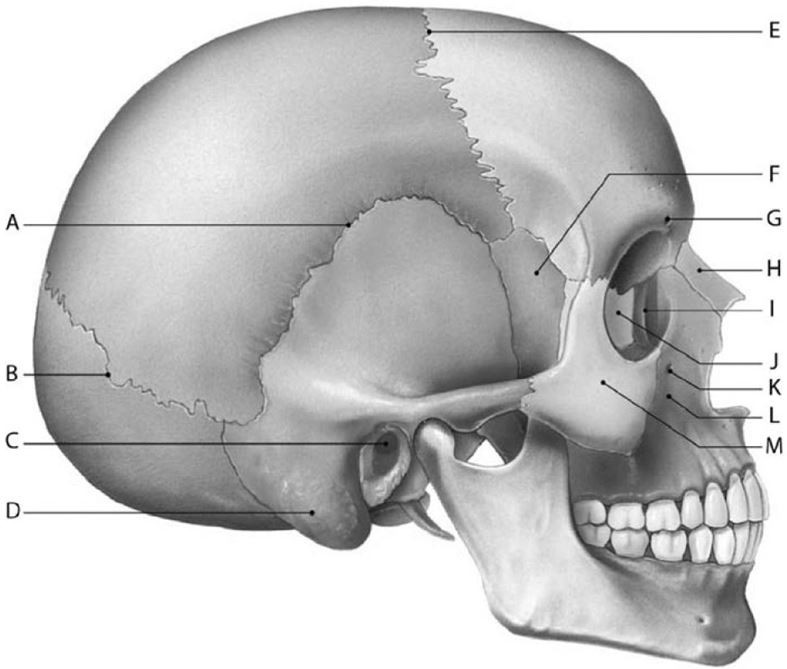The propulsive process that moves food from one organ to the next is called ________
A) ingestion
B) peristalsis
C) digestion
D) mastication
E) absorption
B
Anatomy & Physiology
You might also like to view...
Structure D is the

A) sella turcica.
B) styloid process.
C) mastoid process.
D) external auditory meatus.
E) coronoid process.
Anatomy & Physiology
Which of the following effectors in NOT innervated by the autonomic nervous system?
A) cardiac muscle B) glands C) skeletal muscle D) smooth muscle
Anatomy & Physiology
Rotation of the forearm so as to direct the palm anteriorly (as in anatomic position) is called
A. abduction. B. pronation. C. eversion. D. protraction. E. supination.
Anatomy & Physiology
In which part of the renal tubule would you expect to find the largest amount of glucose reabsorption?
a. Collecting duct b. PCT c. Glomerulus d. DCT e. ascending limb of the loop of henle
Anatomy & Physiology